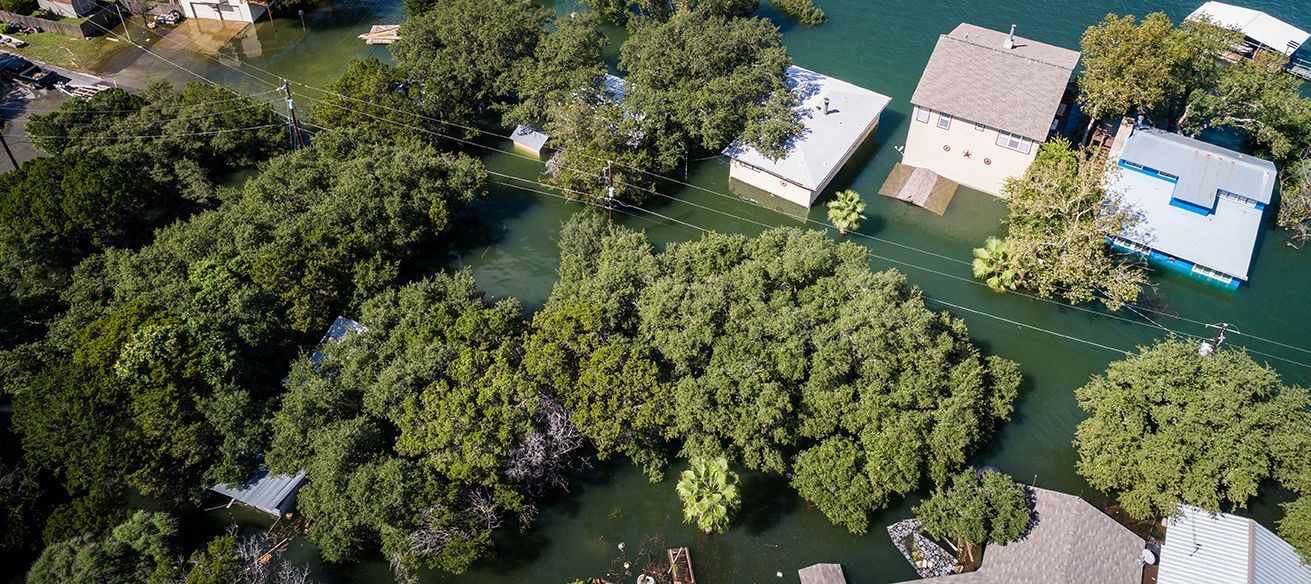IBTS presenta nuevo sitio web
Share this article:
El nuevo sitio se alinea con la evolución de la organización sin fines de lucro, ofrece una mejor experiencia de usuario y accesibilidad
Ashburn, Va., 13 de junio de 2024 - El Instituto de Tecnología y Seguridad en la Construcción (IBTS, por sus siglas en inglés), una organización sin fines de lucro de servicios profesionales dedicada a fortalecer comunidades, se complace en anunciar el lanzamiento de su nuevo sitio web en www.ibts.org.
"IBTS ha experimentado una evolución notable desde el lanzamiento de nuestro sitio web anterior en 2017, expandiendo nuestros servicios en nuevas regiones y mercados, acelerando nuestras innovaciones, fortaleciendo nuestras capacidades centrales y confirmando nuestro compromiso con las comunidades a las que servimos", dijo Anjuma Goswami Karkera, Directora Ejecutiva de IBTS. "Es importante que nuestro sitio web refleje estos cambios para que podamos compartir mejor quiénes somos con nuestros clientes, socios y personal", añadió Karkera.
Los visitantes del nuevo sitio de IBTS disfrutarán de contenido renovado, un diseño actualizado y una experiencia de usuario mejorada y optimizada. Dada la riqueza de servicios técnicos y profesionales que IBTS ofrece, incluyendo servicios de códigos de construcción y regulaciones, soluciones de energía limpia, cumplimiento y monitoreo, planificación de resiliencia, servicios municipales, investigación de mercado y divulgación, el nuevo sitio prioriza la organización y una estructura elegante para asegurar que los usuarios puedan conectarse fácilmente con el trabajo de la organización y encontrar la información que necesitan.
"Nuestro nuevo sitio describe claramente nuestros servicios y capacidades, al mismo tiempo que da vida a nuestro trabajo con ejemplos reales de nuestro impacto y visuales de nuestro personal haciendo el trabajo que aman", dijo Karen Johnson, Directora del Programa de Compromiso de Mercado de IBTS, quien gestionó el rediseño del sitio. Karkera añade que esta combinación refleja la visión de IBTS. "Nos enorgullecemos de nuestras décadas de servicio comprobado y experiencia técnica, y también reconocemos que es el corazón y la pasión de IBTS por nuestro trabajo lo que atrae a tantos de nuestros clientes, socios y talento hacia nosotros", señaló.
El diseño del sitio cumple con los estándares de accesibilidad WCAG 2.2, ADA y la Sección 508. También utiliza AccessiBe, una solución de sitio web accesible que permite a los usuarios ajustar su experiencia a través de perfiles personalizados para ser seguros para las personas con epilepsia y apoyar a aquellos con necesidades visuales, TDAH, cognitivas y motoras. "La accesibilidad es una prioridad tanto para IBTS, nuestros clientes y, lo más importante, para los visitantes que llegan a nuestro sitio", dijo Johnson. "Estamos encantados de saber que nuestro nuevo sitio ofrece la mejor experiencia para todos los usuarios".
El trabajo de IBTS está guiado por una Junta Directiva con representantes del Consejo de Gobiernos Estatales (CSG), la Asociación Internacional de Administración de Ciudades/Condados (ICMA), la Asociación Nacional de Condados (NACo), la Asociación Nacional de Gobernadores y la Liga Nacional de Ciudades (NLC).
###





